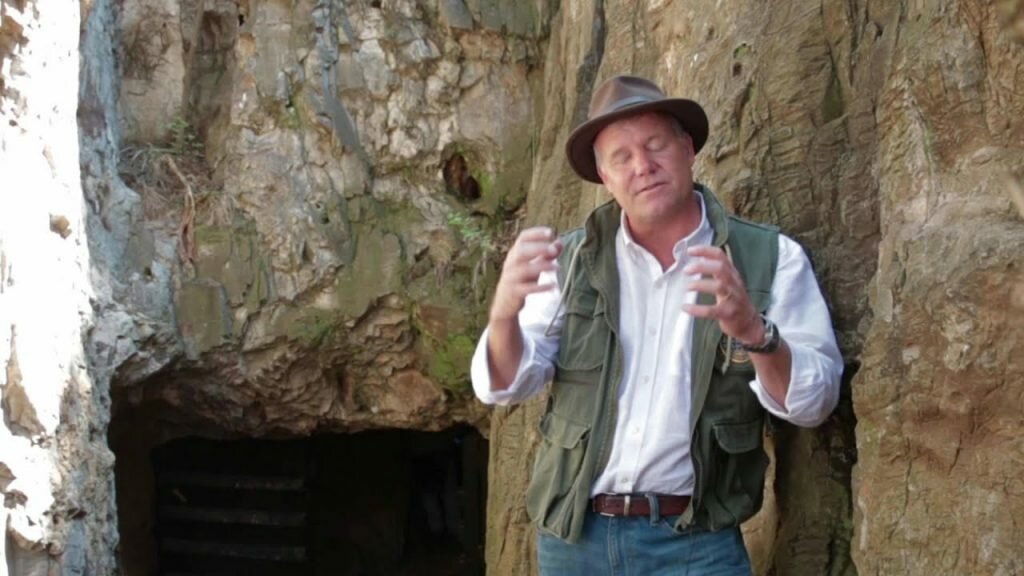
Getting to Know Professor Lee Rogers Berger
Who does not know the professor Lee Rogers Berger Of course the fans of discovery must be familiar with him. He is a South African paleoanthropologist or paleontologist who was born on December 22, 1965 in Shawnee Mission, Kansas, United States. He is often credited with discovering the fossils of primitive hominin species and the fossils of Australopithecus Sediba. Some historians reveal that the findings are more directed at the early humans of the genus Homo and the genus Australopithecus.
Lee Berger then moved to Sylvania and Savanah, Georgia to continue his final term of study. And after earning his BA in anthropology at South Georgia University in 1989. He also continued his career with the South African paleoanthropologist, Phillip V. Tobias at the University of the Witwatersrand in Johannesburg. After that Berger earned his Ph.D. in the field of paleoanthropology in 1994 and one year later he was immediately appointed by the department of human anatomy and biology at the university to become a postdoctoral inventor.
In mid-1996, Berger experienced a university career advancement at the School of Anatomical Sciences as director of the paleoanthropology research group. A few years later he served as a professor in the anthropology department of Duke University in 1997 and Arkansas University in 1998. In the end he became a very vital role in the School of Geosciences and the Institute for Human Evolution at the university in 2004.

Lee Rogers Berger’s Early Research
Lee Berger started his initial research in 1995. He involved several colleagues to publish his first paper entitled “Children of Taung” from fossils of A. africanus which are about 2.5 million years old. The find took place at the Gladysvale Cave site in South Africa.
Over the years, Berger has often made various discoveries. However, in 2006, he combed the Ucheliungs Cave in Palau and managed to find several small human fossils. Further research also identified that the genus Homo has emerged which according to experts is a population of Homo sapiens.
Discovery of Australopithecus sediba
In 2008, Berger started his new expedition by visiting the Malapa Caves in Johannesburg. Matthew Berger, Berger’s 9-year-old son has discovered a series of hominin collarbones and jawbones. Then he also found a female skeleton that was still intact and called it Australopithecus sediba.
Then he and his team conducted a follow-up examination of the skeleton. They say that the fossil has the same characteristics as the human body today. They saw fragments of uranium in the fossil, which was about 1.6 million years ago. Their findings confirm that Australopithecus sediba is a descendant of Homo erectus.
Discovery of Homo naledi
In 2013 and 2014, Berger and his team again explored the Rising Star caves in South Africa. They managed to find about 1,400 fossils of a new species and named it Homo naledi. The characteristics of these fossils are not much different from those of Homo and Australopithecus species. 3 years later, Berger published his first book entitled “Almost Human The Astonishing Tale of Homo Naledi and Discovery That Changed Our Human Story”.
Lee Berger received his first award as the National Geographic Society for Exploration and Research in 1997. Since then, he has been founding trustee of the Jane Goodall Trust and secretary of the Royal Society of South Africa. And in 2001, he became an important member of the American Association for the Advancement of Science.
